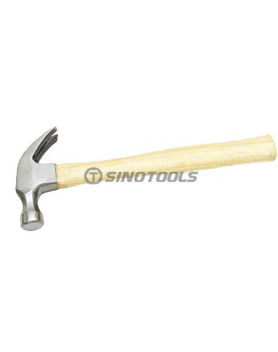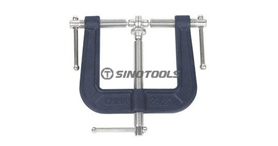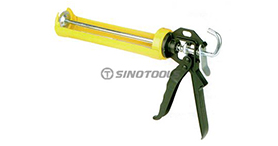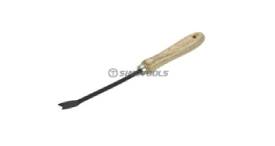Many of the tools in the merchant’s toolbox are designed to "take a beating"; the hammer falls into this category by definition and is the basic tool of any toolbox.
The history of the hammer can be traced back to ancient times when the Romans also invented the forged iron nail. The Romans invented the claw hammer as a dual-purpose tool for beating and pulling nails.

hammer
A hammer is a simple design tool consisting of a hammerhead and a hammer handle.
Considering its simple design and widespread use, untrained users may think that using a hammer means hitting the work until the work is completed. This "novice technique" often leads to arm fatigue, unnecessary injuries, and serious injuries.
Professionals are able to select and use the correct hammer for the task and use it to repeat without tiring their arms.
The following steps should be able to achieve high-quality "hammering" work:
Hold the handle firmly. For tasks that require more effort, hold the end of the handle; for tasks that require more control and precision, hold the handle closer to the hammerhead.
Make sure that the hammer surface is always parallel to the surface being hit.
Swing from the elbow for power and from the wrist for control.
Let the weight of the hammer do all the work; with the correct choice of the hammer, there is no need to use your own power to perform the task.
Focus on the piece being hammered, not the tool.
Use smooth, repetitive blows; avoid side blows or side blows, so as not to damage the workpiece or the surface being hit.
How to drive a nail
When drilling nails into hardwood, it is good practice to drill a pilot hole before you start hammering the nails. This method makes hammering easier and prevents wood splitting.
Step 1:
Clamp the hammer in the middle of the handle, and use the thumb and index finger of the hand not holding the hammer to clamp the nail near the top. If the nail is too small, use a piece of cardboard to clamp it, while you must clamp the cardboard.
Step 2:
Tap the nail until it sinks enough to stand on its own.
Step 3:
Using the center of the hammer face, drive the nail in with a smooth hammer. Let the weight of the hammer work. The hitting surface should always be parallel to the hitting surface.
Hammer safety precautions
If used improperly, a hammer can become a very dangerous tool. Follow the suggestions below to avoid harm to yourself and the people around you:
Use the correct hammer. Take a moment to learn about the different characteristics of each model, head weight, or seek professional advice related to your application.
Choose a hammer (for example, nails, chisels, punches, wedges, etc.) whose striking face diameter is approximately 12 mm (0.5 inches) larger than the face of the object being struck.
When using a hammer, be sure to wear protective equipment (safety glasses, gloves, or face shield).
Always keep the hitting face parallel to the hitting surface. Avoid glancing or side blows.
Never use a hammer with a damaged head, as it will damage the workpiece being processed and cause injury.
Never use a hammer with a loose or broken handle. The head may fall off the handle and cause injury.
We are hammer manufacturers. Please feel free to contact us if you are interested in our products.


